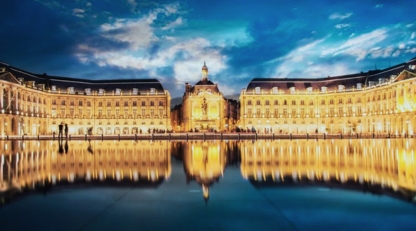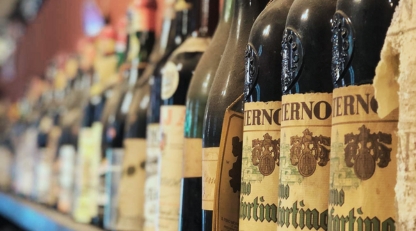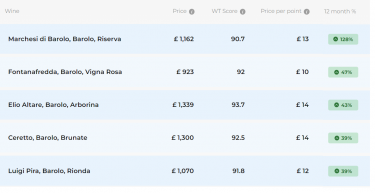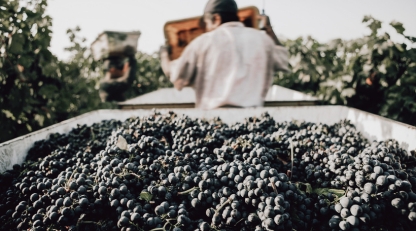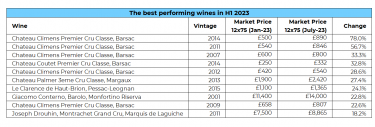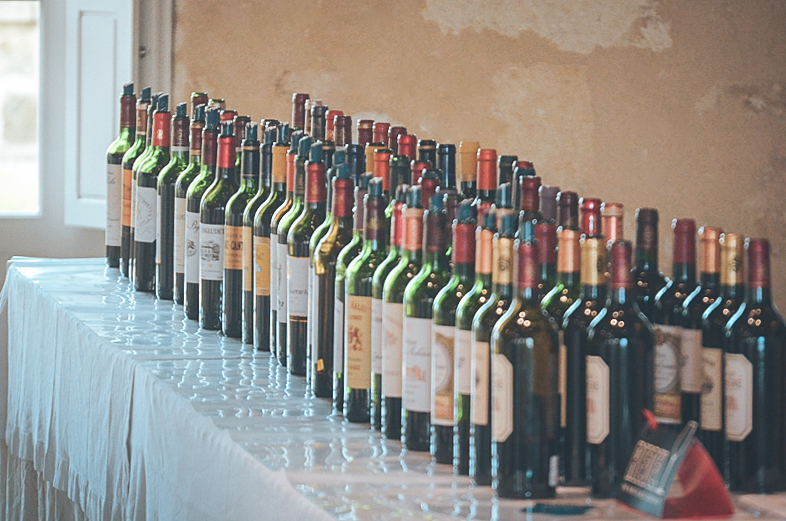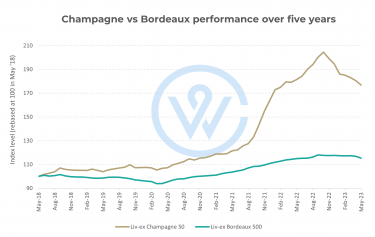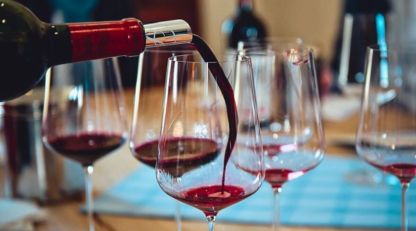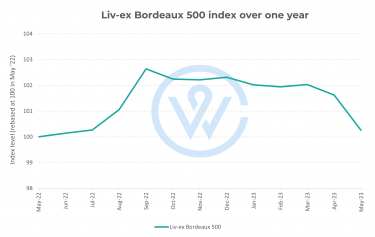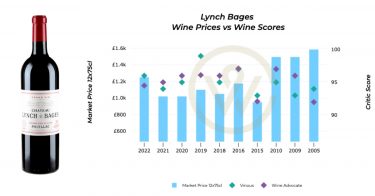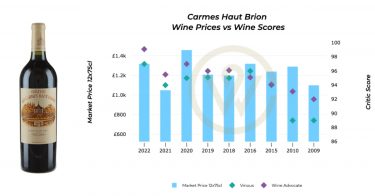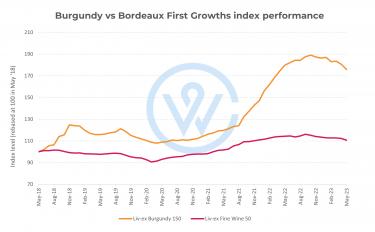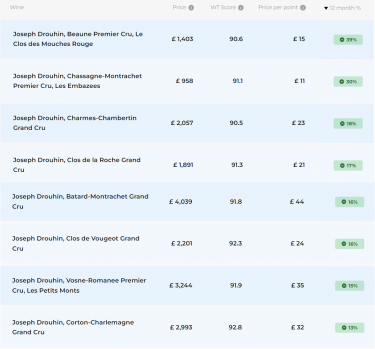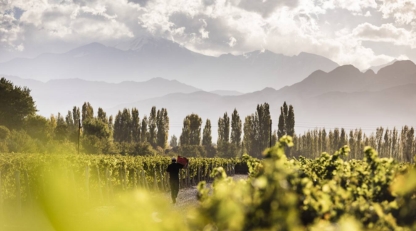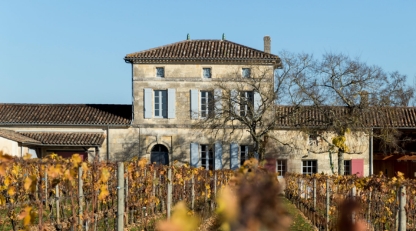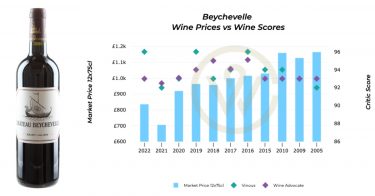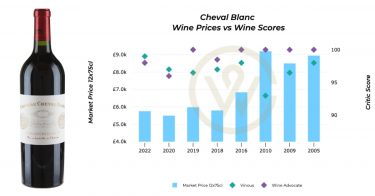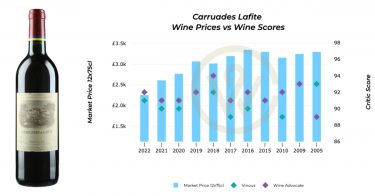- La Place de Bordeaux is a three-tier global wine distribution system with origins stretching back 800 years.
- The autumn La Place de Bordeaux campaign sees the release of over 100 different wines from around the world.
- Discover the brands released via La Place that have made the biggest gains over the past decade.
La Place de Bordeaux is a global wine distribution system that originated 800 years ago in France. The network was originally a hub used just for Bordeaux’s finest wines, where the château would sell to négociants who then sell to merchants.
In recent years, the system has considerably expanded its operations. Other than the spring Bordeaux En Primeur campaign, today La Place releases wines from other parts of the world in the autumn.
Over 100 different wines from Argentina, Australia, the USA, New Zealand, Austria, China, Italy, Spain, South Africa, Uruguay and French wines from Champagne and the Rhône have joined the marketplace since the first non-Bordeaux release of the Chilean brand Almaviva in 1998.
What is driving the La Place expansion?
By selling through La Place, producers have the opportunity to build a global following for their brands, benefitting from the négociants’ extensive reach and expertise in promoting and allocating wines to different markets. Meanwhile, this process guarantees the wines’ provenance, reduces risk, and effectively manages supply and demand.
Négociants also benefit from the expansion of the system beyond Bordeaux by diversifying their revenue streams and reducing their dependency on the châteaux. This is especially true in recent years, which have seen a declining sentiment for buying Bordeaux En Primeur (for more, see our En Primeur Report: Bordeaux 2022 – Unfulfilled Potential).
The transformation of La Place de Bordeaux also reflects the shift in broadening buying patterns in the fine wine investment market.
La Place brands to watch
This autumn will see the release of close to 120 wines from around the world through La Place de Bordeaux.
Some of the most anticipated releases each year include the Super Tuscans Solaia, Masseto and Bibi Graetz, Californian cult wine Opus One joined by estates such as Inglenook, Joseph Phelps and Promontory, the Chilean Almaviva, Vinedo Chadwick and Viña Seña.
Australian wine, which has faced challenges due to the ongoing Chinese tariffs in recent years, has also been aided by the network, with brands such as Penfolds and Jim Barry making waves.
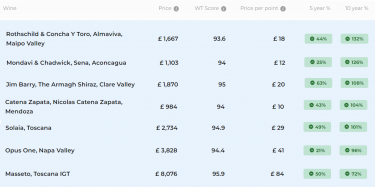
*Explore the performance of different wines on Wine Track, our comprehensive fine wine index that enables you to identify investment grade wines, spot trends and wine investment opportunities.
The table above shows some of the best-performing wines released via La Place over the past decade. These wines, available at various price points, have delivered an all-round positive performance over the past five and ten years.
Rothschild & Concha Y Toro’s Almaviva has seen the most impressive price performance over the last decade, up 132%. Almaviva prices tend to rise with age, and the highly anticipated 2021 vintage is expected to be among the first releases of this autumn’s campaign.
In conclusion, the network’s continually broadening selection showcases its ability to adapt and thrive in a fluid market, acting simultaneously as an indicator of shifting consumer preferences and investment opportunities. As négociants broaden their range and producers tap into this distribution channel with global reach, the impact is poised to resonate well beyond the borders of Bordeaux.
WineCap’s independent market analysis showcases the value of portfolio diversification and the stability offered by investing in wine. Speak to one of our wine investment experts and start building your portfolio. Schedule your free consultation today.
